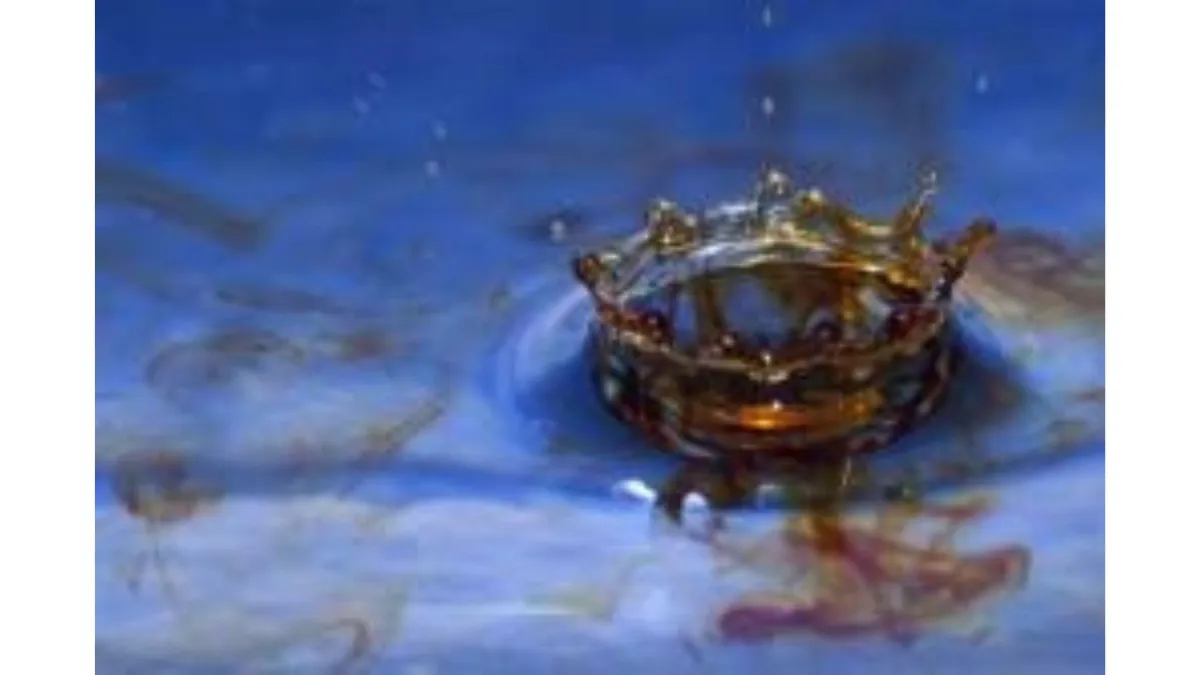
Iodine
Iodine is an essential trace element for livestock health. Although iodine deficiency is less common than copper, selenium, or magnesium deficiencies, it can still occur in certain areas and under specific feeding conditions.
Where Iodine Deficiency Occurs
In New Zealand, iodine deficiency is occasionally seen in livestock grazing on iodine-deficient soils—particularly in some inland regions and alluvial plains. Feeding brassicas and some types of clover can also trigger deficiency. These plants contain goitrogens, compounds that interfere with the production of thyroid hormones.
Signs of Iodine Deficiency in Livestock
The most recognisable symptom is goitre, which presents as a swelling of the thyroid glands just below the throat. Goats are particularly susceptible, but deficiency may also affect lambs, fawns, calves, and foals.
Other signs include:
Poor survival rates in newborn animals
Reduced milk production in cows
Lower wool production in sheep
Reduced fertility in ewes and cows
Diagnosis and Treatment
Diagnosis is usually based on clinical signs. If iodine deficiency is suspected:
Pregnant cows, ewes, and young animals can be dosed with potassium iodide every 3 to 6 months
A long-acting iodine injection may be used in more severe or high-risk cases
In lower-risk areas, iodised salt licks are often sufficient
If you suspect your property may be iodine-deficient, consult your veterinarian to determine appropriate supplementation.

